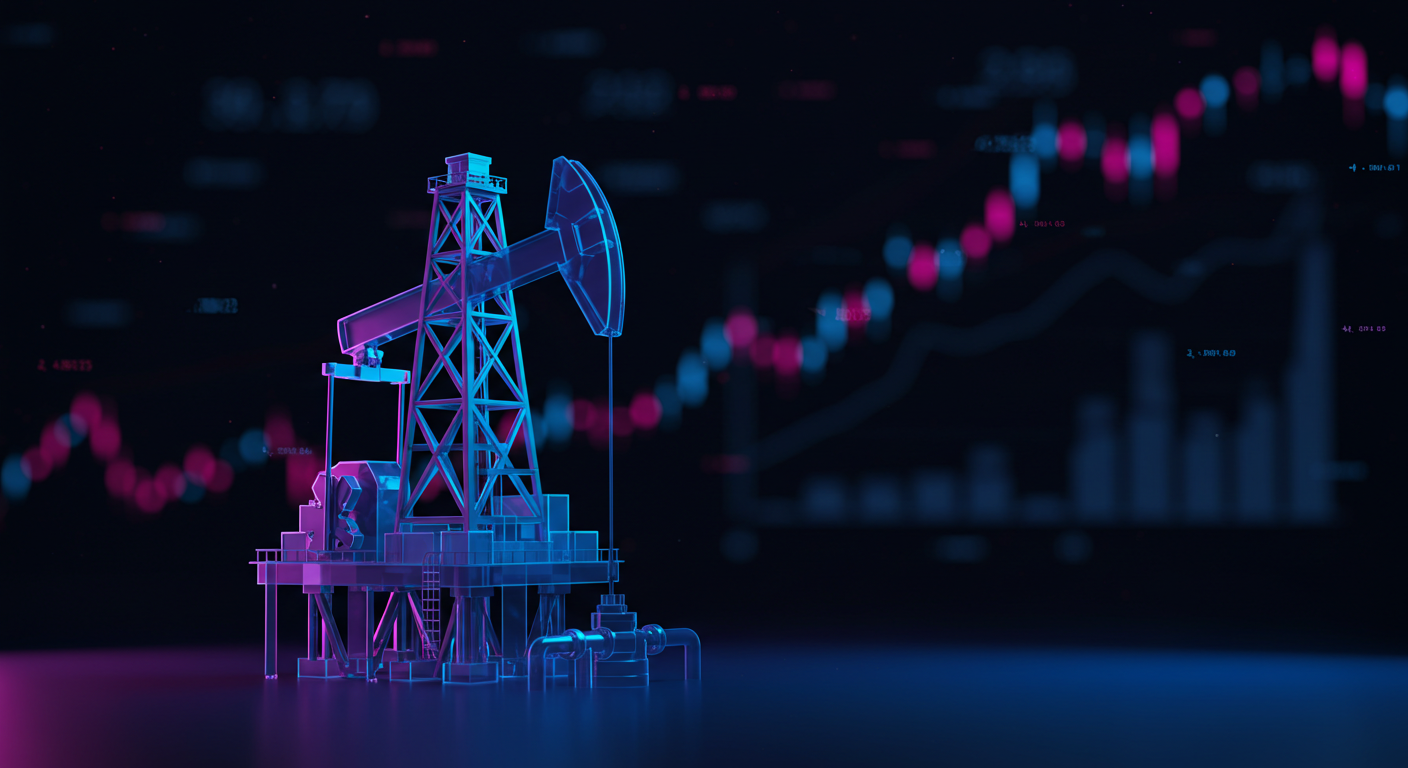
The International Atomic Energy Agency (IAEA) reports that the above-ground facility where Iran produced uranium enriched up to 60% has been destroyed. There is no evidence of an attack on the underground enrichment halls at Natanz, although damage to power supplies might have affected centrifuges.
Inside Natanz, there is reported radiological and chemical contamination. Iran claims that the Esfahan nuclear site has been targeted by Israel.
Impact On Nuclear Facilities
What the current summary tells us is that the IAEA, which monitors nuclear activities for compliance and security, has confirmed the destruction of the above-ground section of one of Iran’s uranium enrichment facilities. This is the part of the site that had been enriching uranium close to weapons-grade levels. There’s no confirmation that the deeper, more fortified enrichment areas under Natanz have sustained physical damage, though it’s indicated that power supplies may have been interrupted—that matters because centrifuges, the machines used to enrich uranium, rely on steady energy input.
The reports go further to mention that radiological and chemical contamination has been detected inside Natanz, pointing either to a technical malfunction or to physical damage that may not have affected structures but instead released hazardous materials. Meanwhile, Iranian officials have alleged that another nuclear facility, this time in Esfahan, has been attacked, blaming Israel outright.
From this, several direct implications emerge. First, there is now the possibility of temporary disruptions to uranium enrichment. That alters the expected trajectory of production and timelines. Second, the presence of contamination typically triggers shutdown procedures, extensive safety inspections, and cleanups. That could take days or weeks, depending on international access and domestic willingness to cooperate.
Market Implications
For those of us watching market volatility tied to geopolitical developments, this sequence of events demands closer attention. It could raise price stress in energy markets, particularly uranium or oil-related contracts. Short-term expectations should adjust accordingly. Any continued reports of facility damage or forced pauses in nuclear activity will amplify uncertainty, increasing demand for downside hedges in energy-linked derivatives. Volatility pricing will likely respond to each verifiable update, not just rumours or headline flashes.
Additionally, where energy exposure is indirect—such as in broader commodities or industrial sectors—certain calendar spreads may experience widening as near-term supply questions resurface. We’ve already seen bid-to-offer ranges opening slightly wider on speculative contracts linked to Middle East tensions. That should lead us to evaluate risk parameters before entering positions with longer maturities.
In terms of trading positions over the coming sessions, it may be worth watching how instruments react not only during standard hours, but also in the thinly traded overnight sessions, where order books are more fragile and news impact isn’t always absorbed cleanly. We’ve historically seen sharper re-pricing in Asia-Pacific markets in reaction to unexpected geopolitical flashes, so time zone alignment could create micro-opportunities worth tracking more actively.
It’s also important to think about how ongoing developments could influence policy commentary. If there’s a response from international bodies or Western governments, that in itself could shift positioning sharply, especially in baskets with exposure to defence or energy security. We should prepare for implied vol metrics to recalibrate around speech events and scheduled intelligence briefings, rather than wait for actionable confirmations.
Lastly, one should not discount the psychological effect on broad market sentiment. Risk appetite often softens sharply when radioactive contamination or weapons-grade materials are featured in the headlines, even if the details prove contained. That means defensive positioning or short-term protective hedging may become more expensive, which pushes us to consider them earlier—not reactively.







